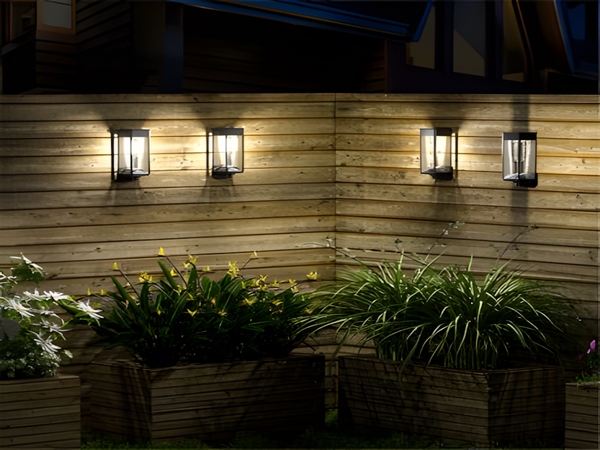
Everyone knows that solar street lights have a wide range of applications, but not every place is suitable for them. So, where are solar street lights most suitable for use?

The only condition that affects the use of solar street lights is insufficient sunlight exposure in the location. Solar street lights primarily generate power by absorbing solar energy. Areas with high sunlight exposure are most suitable for solar street lights. For example, places like the southern regions, Tibet, and Xinjiang have fewer rainy days and ample sunlight.

However, some high-latitude areas are not suitable for solar street lights due to the short annual sunlight duration. Additionally, some regions, despite being at lower latitudes, experience continuous rain and thus are not suitable for solar street lights. Places with tall buildings are also not ideal, as the buildings obstruct sunlight, resulting in insufficient exposure.
Generally speaking, solar street lights are mainly suitable for rural islands, parks, industrial zones, and main roads with good lighting conditions. Schools, farms, and even residential courtyards can also utilize these lights. Therefore, manufacturers of solar street lights primarily focus on deploying their products in these areas.



